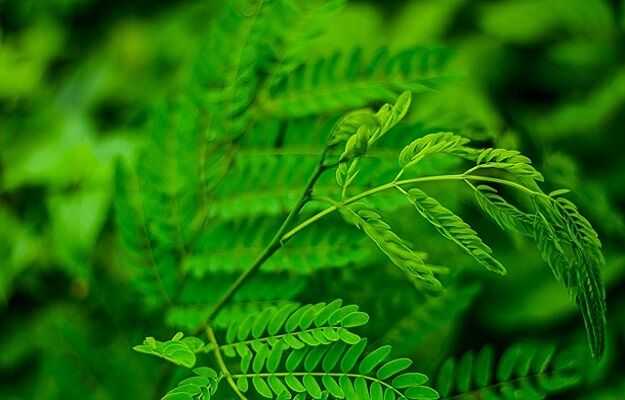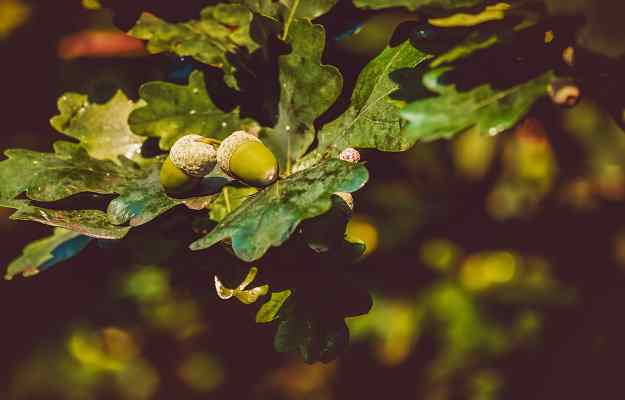Ratti, also called gunja or Abrus precatorius, is a wiry climber found in the tropical and warm temperate regions of the world. The plant has toxic red seeds and tamarind like compound leaves that have seven to 24 pairs of leaflets each.
The name Abrus precatorius comes from Greek words Abrus meaning graceful and precatorius meaning prayer of petitions; hence the plant is also called rosary pea.
Ratti has long been used in traditional medicine for the management of various health conditions including tetanus, snake bites and leucoderma (white patches appear on the skin in this autoimmune conditions, also known as vitiligo).
However, various ancient Indian texts also mention that it is poisonous, and give directions on ways to purify it before use. Purified gunja seeds are known to be bitter and astringent and help in alleviating kapha and vata doshas.
Some facts about ratti:
- Botanical name: Abrus precatorius
- Family name: Fabaceae
- Common names: Jequirity bean, Rosary pea, Precatory bean, Crab’s eye, Gunja, Mulati, Rati, Buddist rosary beeds, Indian liquorice root
- Sanskrit name: Raktika, Gunja, Kakananti
- Parts used: Seeds, roots, leaves
- Geographical distribution: Ratti is native to India and is found all over the Indian plains and in the Himalayas. It also grows in Ceylon, China, South Africa, Brazil and the West Indies.
- Interesting facts: In ancient India, jewellers used ratti seeds to weigh stones and gold, as according to Ayurvedic texts, the seeds of this plant weigh about 1 ratti or 125 mg each. However, modern texts put these seeds at about 105 mg. Gunja has special significance in the Hindu texts and is believed to have some magical properties.
































